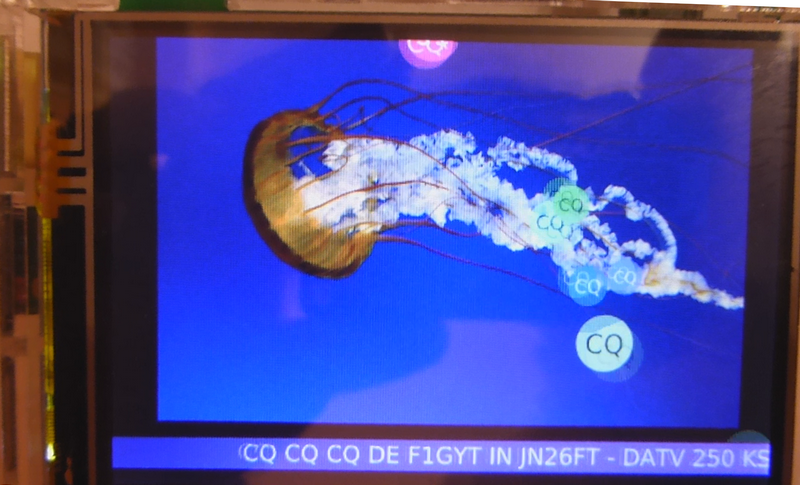

- #Raspbian jessie lite startx install#
- #Raspbian jessie lite startx update#
- #Raspbian jessie lite startx manual#
- #Raspbian jessie lite startx code#
You can make different choices here for where you want to store your code. Here's the step-by-step method for getting it this way.
#Raspbian jessie lite startx code#
In this method, you get your source code directly from the repository the developers use to work on the software. Get XASTIR source code From the GitHub repository The second line tells your running X server to start looking for fonts in the newly installed directories.
#Raspbian jessie lite startx install#
Sudo apt-get install xfonts-100dpi xfonts-75dpi Of course, Xastir uses fonts in those packages as default fonts, and if you don't take this step you'll get warnings from Xastir about being unable to convert a string to a font. With recent versions of xorg, they've dropped the 100dpi and 75dpi fonts packages from the "depends" list, so they don't get installed.
#Raspbian jessie lite startx update#
If there was a kernel upgrade or other such major update applied, you may want to reboot your system before proceeding.

Updating your installed packages to the latest versions is strongly recommended. As always, you should also have a complete backup of your system. Also check that you can access the Internet. The user should not have to modify the default repository settings as the newer versions of Ubuntu already have the required repositories configured.įirst, make sure you have a working Debian Jessie installation. The instructions below apply only to Raspbian Jessie.
#Raspbian jessie lite startx manual#
To perform a manual build of Xastir, start immediately below. It is provided for your convenience, however without warranty of any kind. You will probably need to make it executable by issuing the following command:Įxamine the script with your favorite editor and be sure you understand what it does before executing it. This script supports either the Jessie based Raspbian or the older version based on Debian Wheezy. The script has been forked by K5DAT to support other versions including Raspbian. KC0TFB originally prepared a build script for Ubuntu that obtains all the build dependencies and performs all the actions described herein. You'll be back in business with a more easily updated xastir. Then you need to edit your ~/.xastir/config/xastir.cnf file to change all occurances of "/usr/share" to "/usr/local/share"

Sudo cp -r /tmp/maps/* /usr/local/share/xastir/maps Once you're done, copy your maps back to the new installation directory: You can then follow the instructions below to re-install xastir to /usr/local from sources. You'll need to copy those to a safe place before removing the binary install: If you did a lot of map configuration with the binary install, all of your maps will be in /usr/share/xastir/maps. The source install described on this page will install into /usr/local, so you'll want to remove your binary installation first before following the directions that follow. If you installed a binary version of xastir from the Ubuntu repository (using the "apt-get install xastir" option (or using Synaptic), you'll most likely have an outdated version, and it will have been installed into /usr instead of /usr/local.

Note: The binary version refers primarily to a version of Xastir that is provided in the Raspbian repositories, but a binary could also be provided by a 3rd Party such as user of Xastir. If you already installed the binary version


 0 kommentar(er)
0 kommentar(er)
